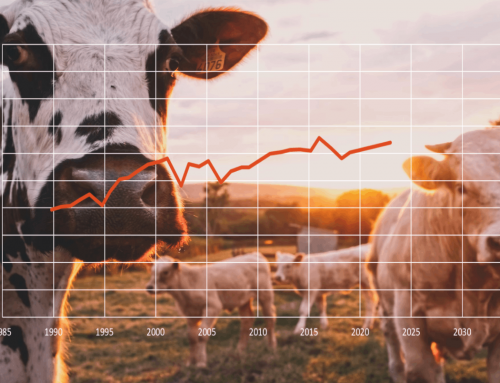Disappearing Internet & Society 2.0 (this article first appeared in Digerati Magazine November 2016)
When Google’s Chairman Eric Schmidt told delegates at the World Economic Forum in Switzerland in January 2015 that he expected “The internet will disappear”, he created somewhat of a stir. The term “disappear” was of course contextual; you don’t become Chairman of Google without being able to construct sentences with intent. So what was his intent?
What Schmidt meant was that the internet would become hard to see, more accurately, it would become impossible to distinguish the aspects of our lives that are “online” from those that are not. What he was referring to was the then nascent idea of the “Internet of Things”.
So here we are, less than two years later, living in a world where we barely blink at the idea that devices connect and share data with other devices, or that the cloud exists and now stores the greatest stockpile of human data and accumulated information in human history.
We’ve heard that the Internet of Things is coming, or is already here, but currently its impact on our lives is somewhere between less than obvious and maybe mildly intrusive. So when will this change? When will my refrigerator tell my supermarket I’m out of pickles? When will my Fitbit tell my doctor it’s time to see him for a physical because things aren’t looking too good?
Well, whilst we may not all see it yet, things are changing incredibly fast behind the scenes across the globe as ground work is being laid for an invisible internet world.
A global not-for-profit alliance named LoRa® – an acronym for Long Range Wide-area network (wireless technology) – is laying the ground work for standardising how our world will inter-connect. And a new breed of companies has begun leveraging this technology and begun working around entrenched telecommunications providers to create value in this New World.
One stellar example is French company Sigfox, who are undertaking an ambitious global roll-out deploying Wi-Fi networks we can’t see or connect to, and who are playing the 80:20 game – covering 20% of our countries and 80% of our population – to enable a more connected world.
These groups are laying the foundation for Society 2.0, a connected tomorrow that is very close at hand. The sensors and devices available to connect to these networks can measure everything from temperature, speed, barometric pressure, water purity, altitude, sound, vision, vibration and almost anything else you can imagine. Accompanying these devices are cloud platforms with the capacity to leverage the billions of data-points collected from our lives and then turn this data into experiences that save time, money, and add value to our lives.
In the future when you use your ‘Amazon Echo’ or ‘Google Home’ to request your autonomously guided Uber to collect you, your phone will access your calendar to determine the location of your next appointment, before checking the weather at your destination in real time, from a sensor on site, to ensure you’re dressed appropriately. All of this will happen ‘invisibly’ without you knowing or noticing.
The promise of the Internet of Things is that our lives will be ‘enriched’ with contextual real time intelligence that makes us more prepared, or the world more prepared for us. When we accept the terms and conditions of the Internet of Things, we will grant these organisations permission for all of this to take place. At some point in the near future, we’ll accept the trade-off between the relinquishing of our privacy and the benefits we receive in return for an autonomous and enabled world. At some point…
Eric Schmidt told us it was coming, and just as he predicted we can – and can’t – see it. The explosion of wearable devices and connected devices is obvious, everywhere you look we’re seeing small, low powered, smart devices and sensors built into our lives, homes and vehicles that are collecting information and sharing it with the cloud so that the data can be parsed and acted on to add value to our lives. That’s the obvious bit.
The not so obvious bit, the invisible bit, is the tech behind the tech. The vital players like LoRa and Sigfox who are working hard at creating worlds behind our world to ensure IoT delivers its promise without doing evil. The foundation they are successfully beginning to lay for Society 2.0 is one built upon data transparency and availability, yet the greatest challenge they may face attaining global adoption is in convincing us to exchange our privacy for IoT’s promise.




